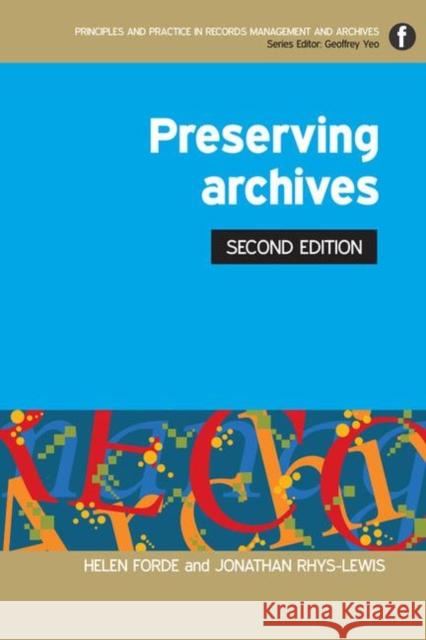Preserving Archives » książka
Preserving Archives
ISBN-13: 9781783303199 / Angielski / Twarda / 2019 / 288 str.
A brand new and fully updated edition of this seminal work on archival preservation. Access to archival material - the documentary heritage of people all over the world that gives them their identity and ensures their rights - is dependent on the survival of fragile materials: paper, parchment, photographic materials, audiovisual materials and, most recently, magnetic, optical and increasingly digital formats. The primary importance of such survival is widely acknowledged but sometimes overlooked in a rush to provide ever better means of access. But without the basic material, no services can be offered. Preservation is at the heart of archival activity. Archivists in all types of organizations face questions on how to plan a preservation strategy in less than perfect circumstances, or deal with a sudden emergency. This book considers the causes of threats to the basic material, outlines the preservation options available and offers flexible solutions applicable in a variety of situations. It offers a wide range of case studies and examples from international specialists. This revised edition includes additional material on digital preservation and green building as well as a new chapter on the management and training of volunteers, reflecting a key concern for many archival institutions. Key topics are: * Understanding archival materials and their characteristics * Managing digital preservation * Archive buildings and their characteristics * Safeguarding the building and its contents * Managing archival storage * Managing risks and avoiding disaster * Creating and using surrogates * Exhibiting archives * Handling the records * Managing a pest control programme * Training and the use of volunteers * Putting preservation into practice. Readership: Archivists, librarians, curators and enthusiasts, trained and untrained, in museums, local studies centres and voluntary societies in need of good clear advice.











